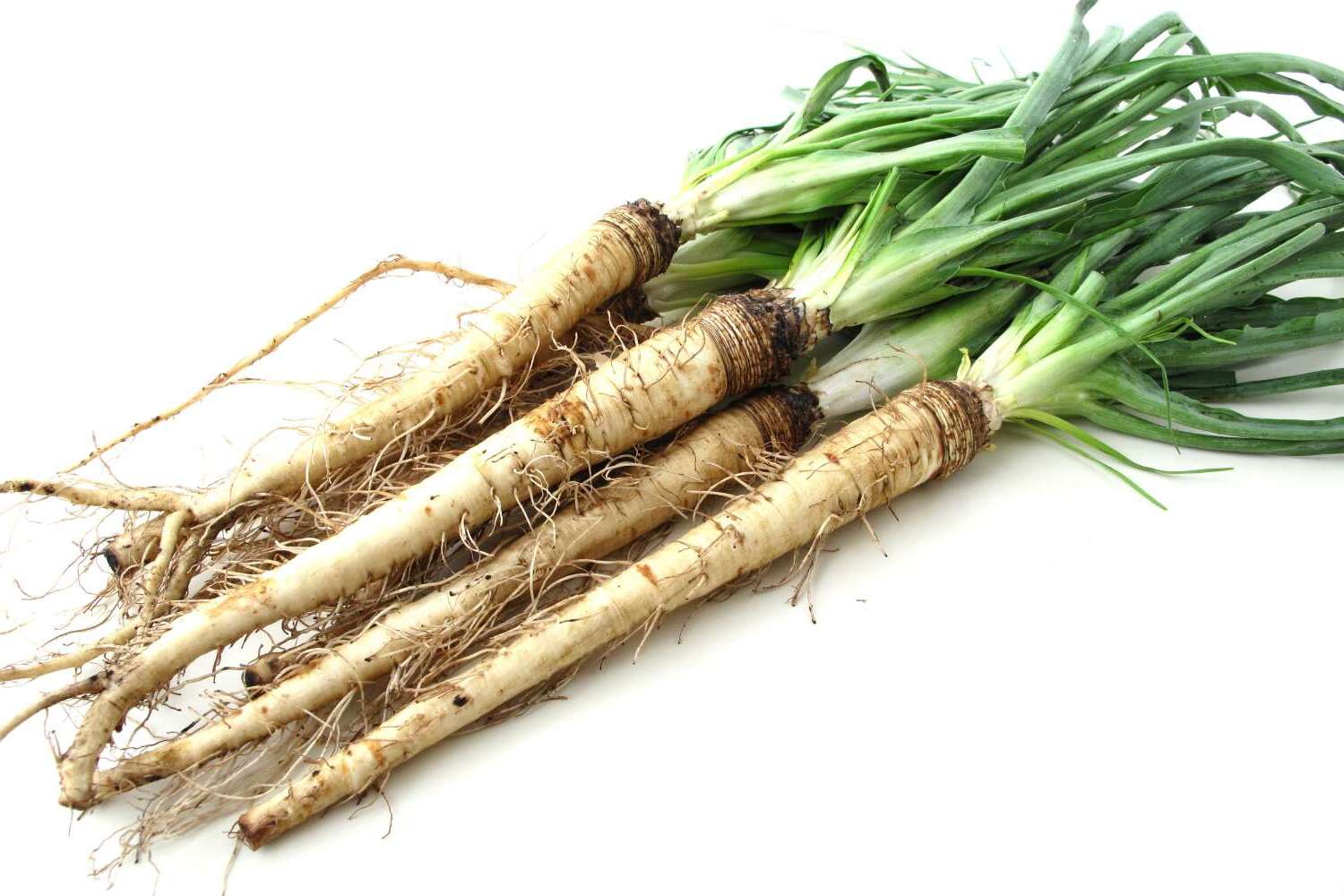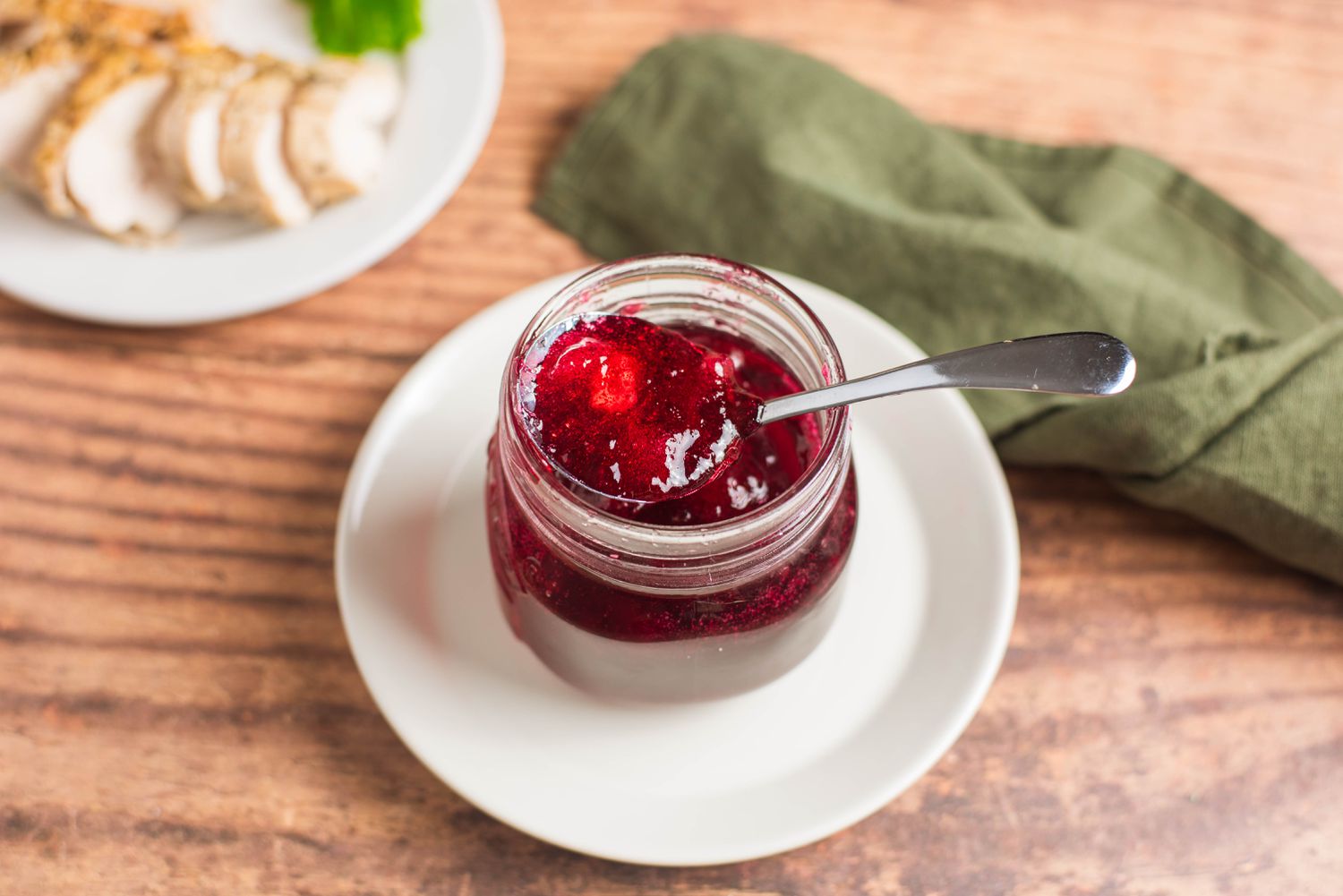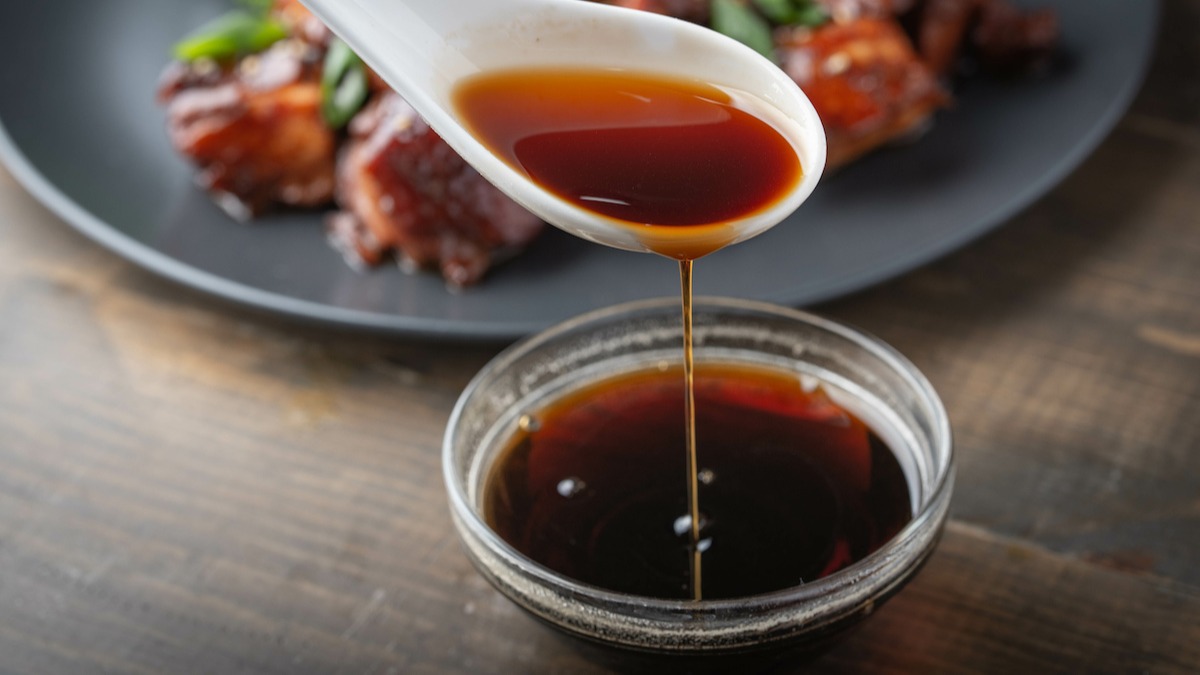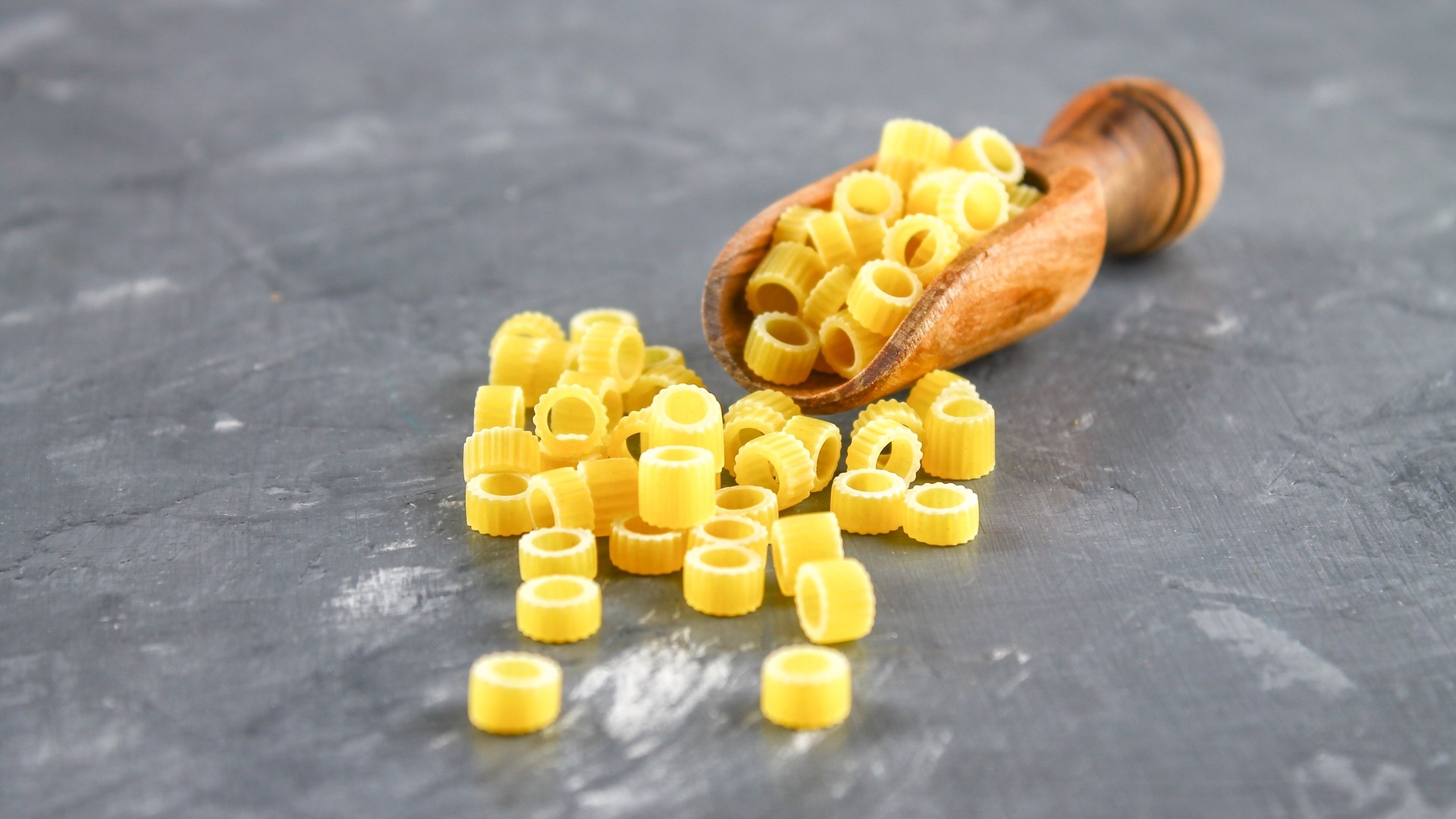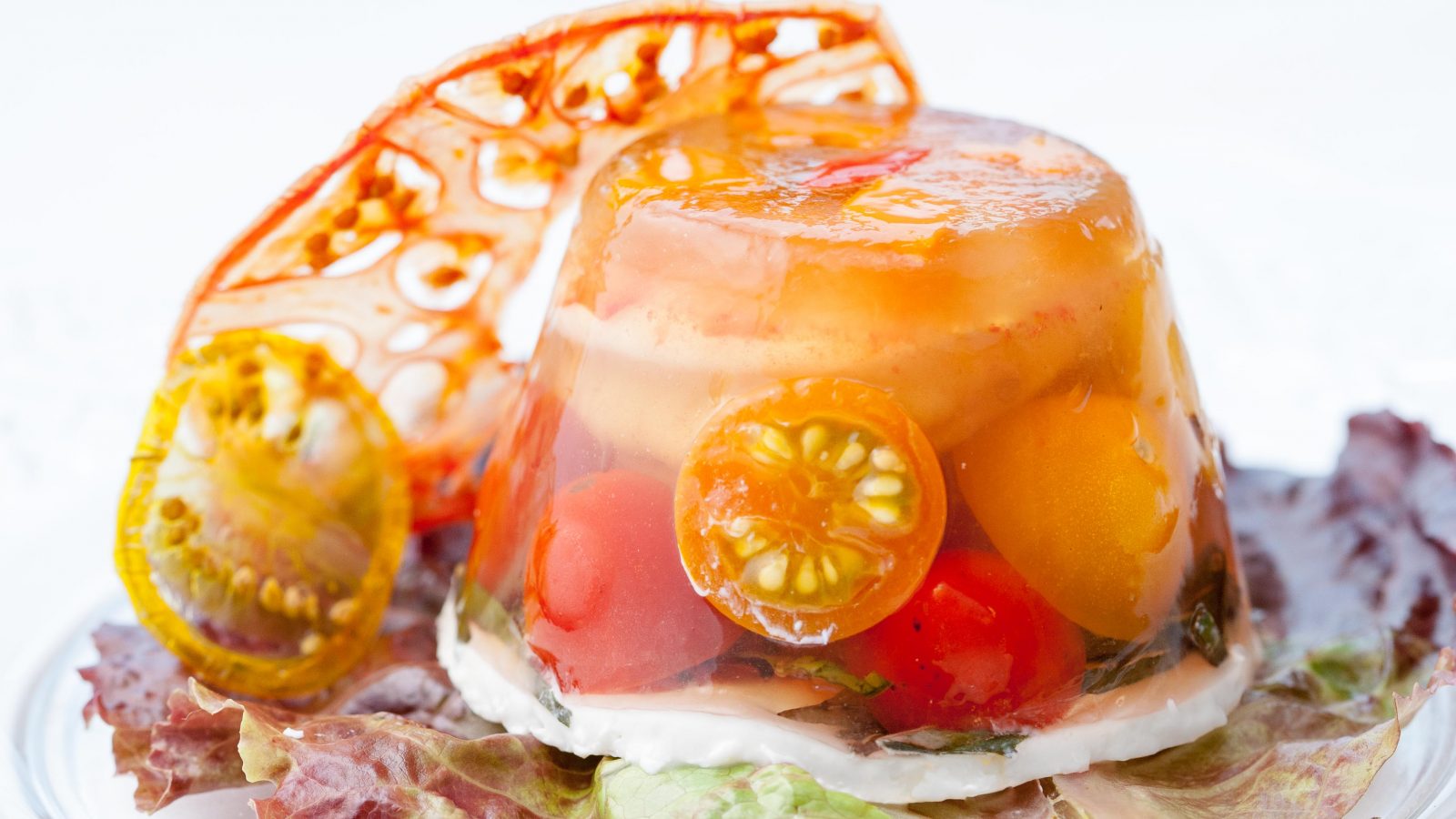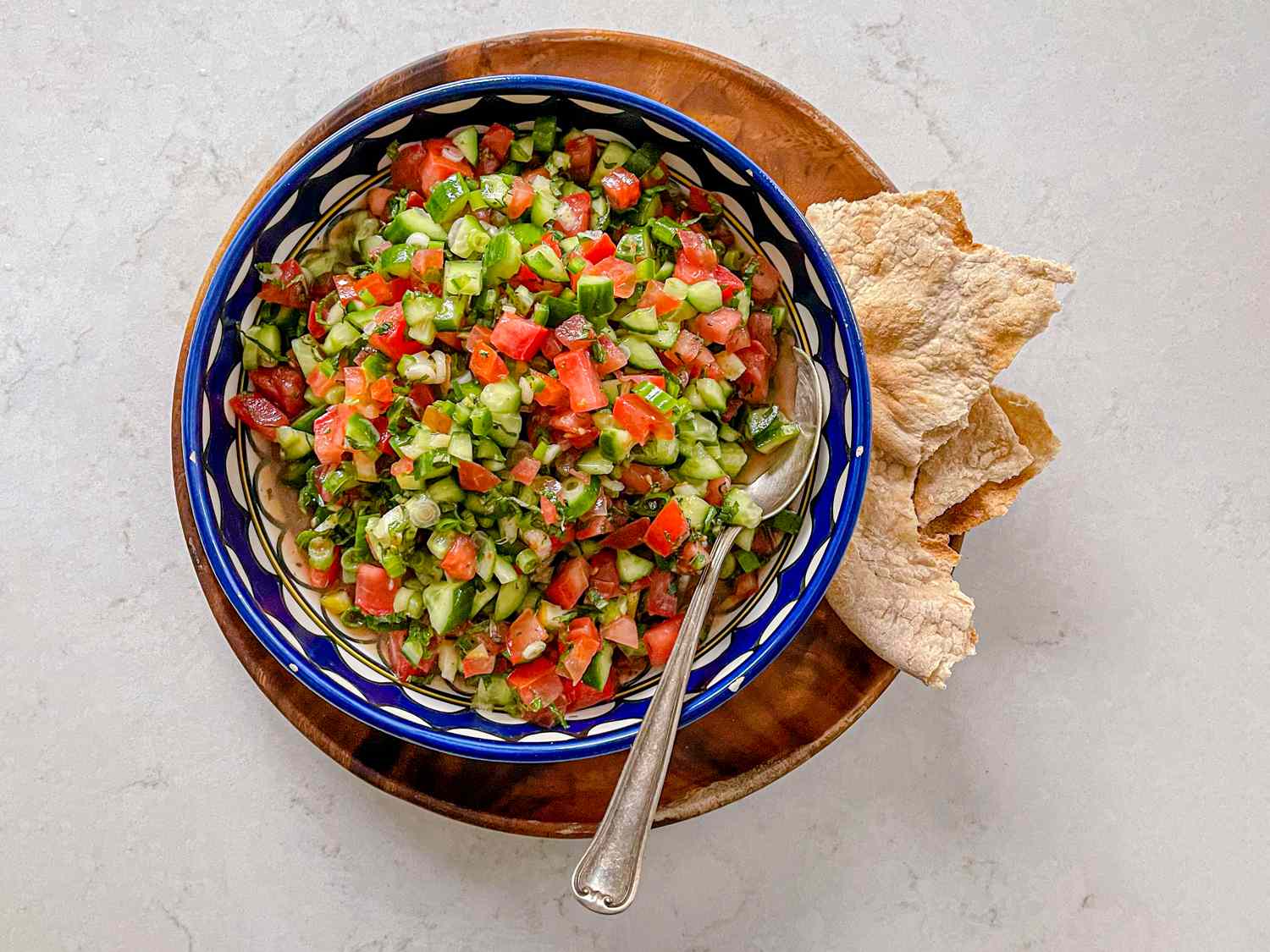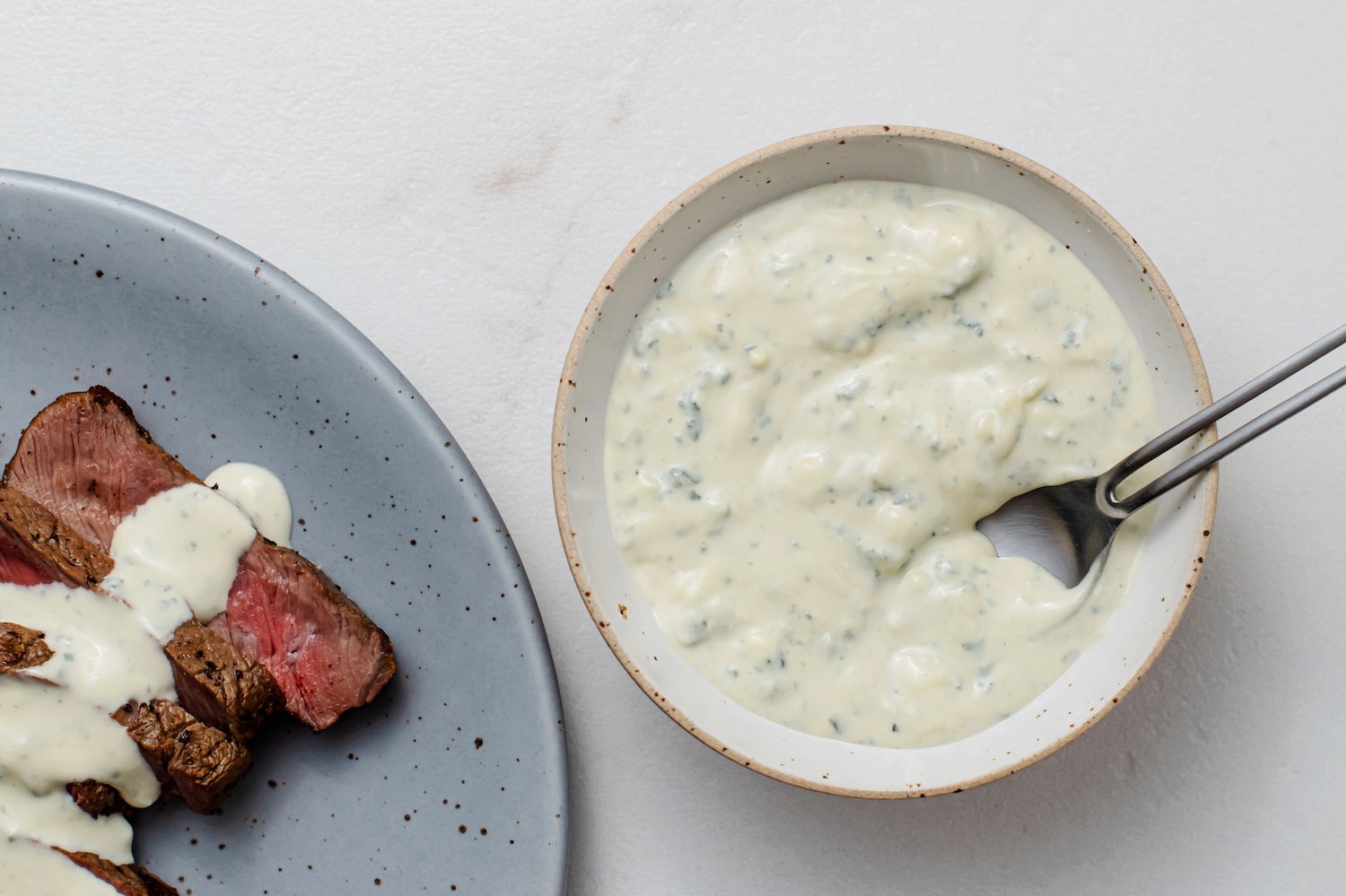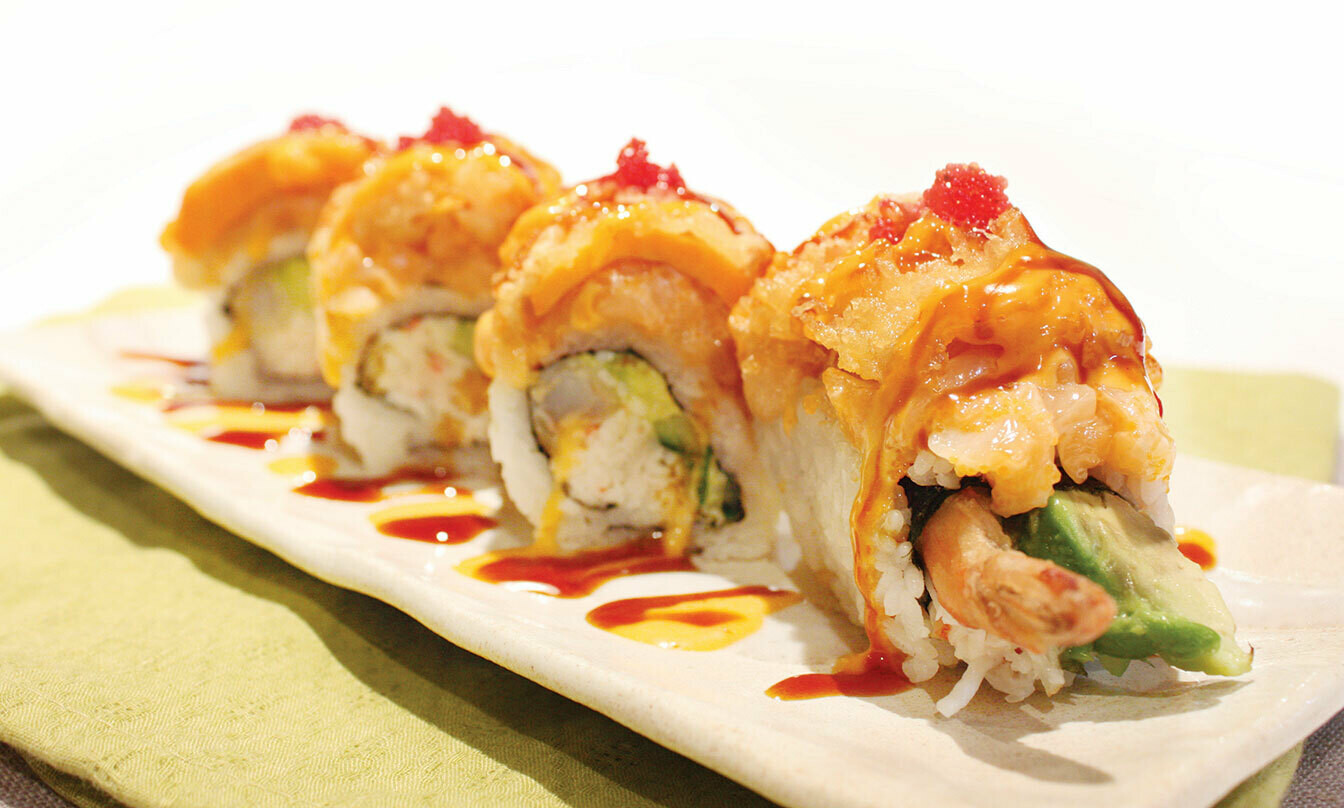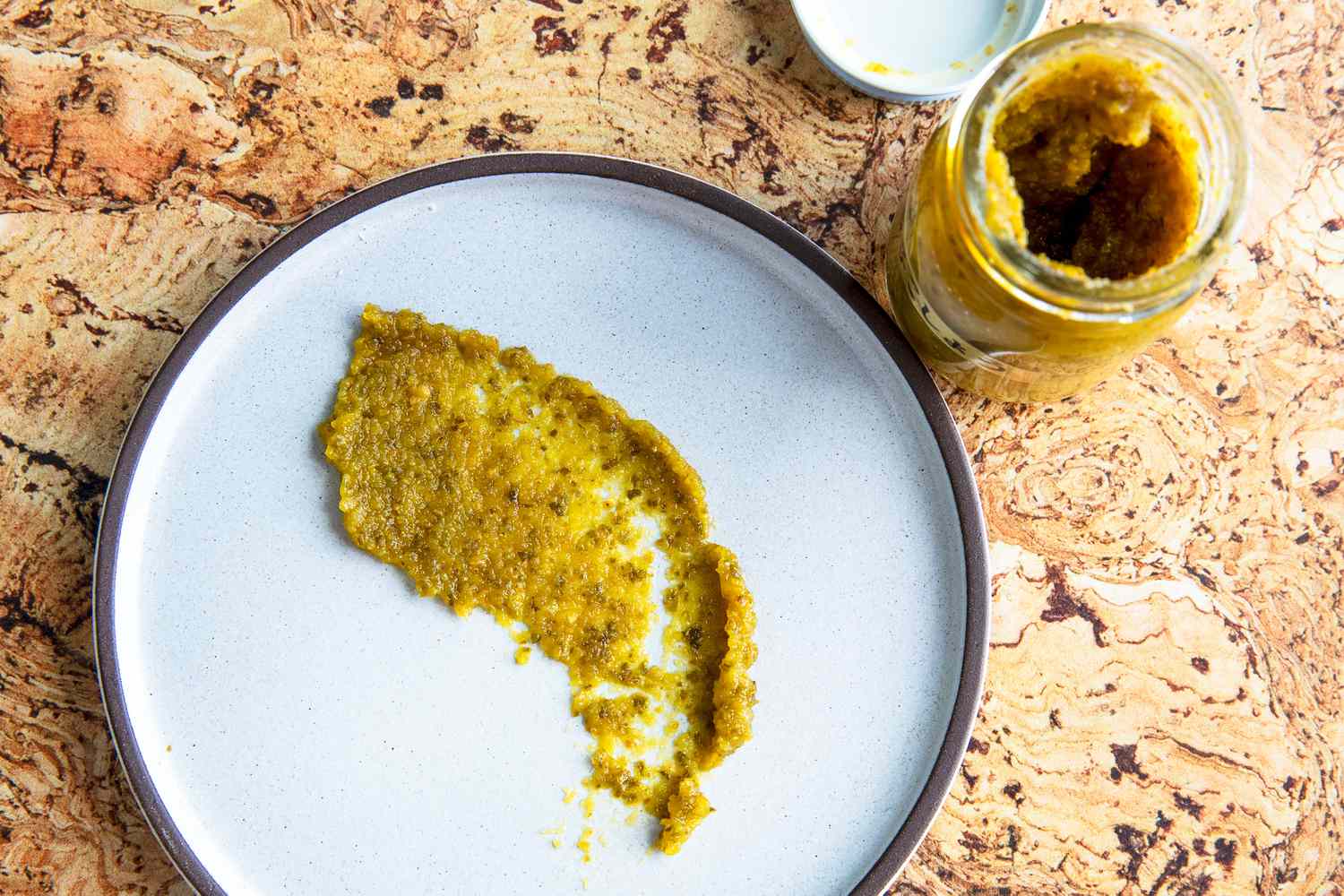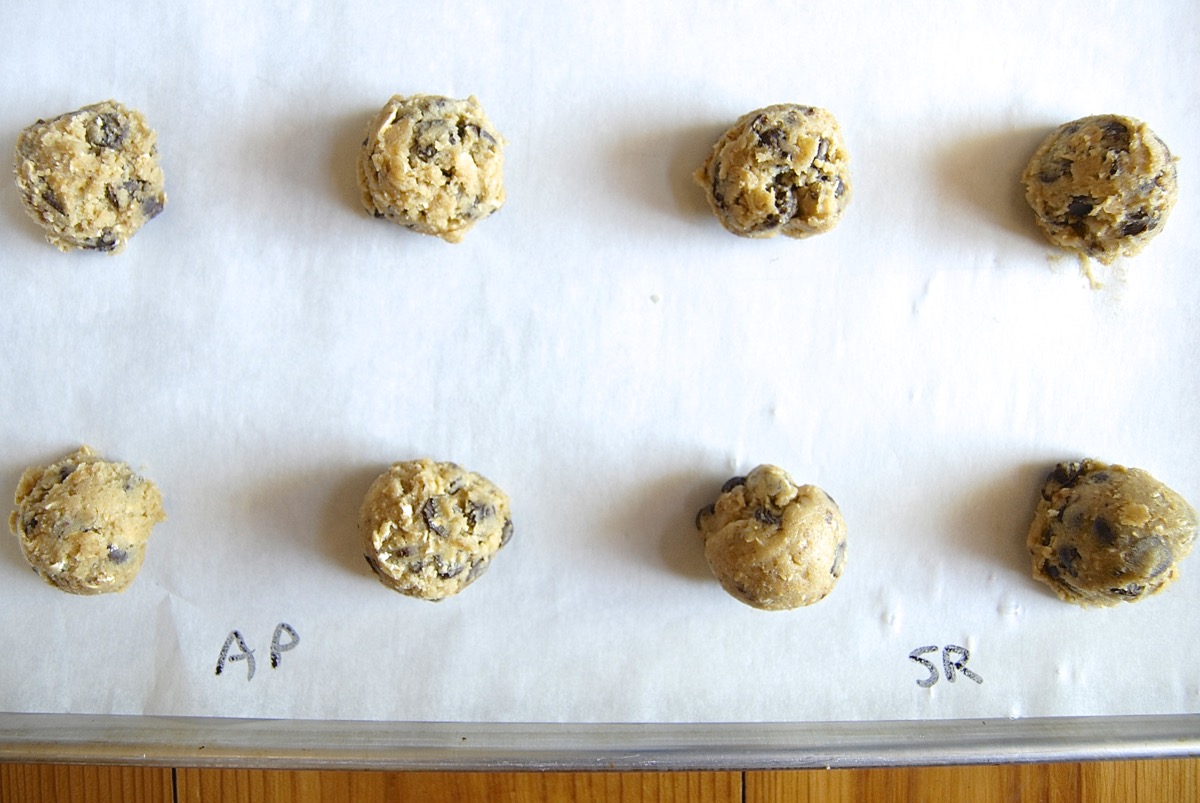What is Tanghulu?
Tanghulu, also known as Chinese candied fruit, is a beloved traditional snack that originates from ancient China. This street food consists of various fruits such as strawberries, kiwi, or grapes, skewered on bamboo sticks and coated in a crisp, clear sugar shell. Tanghulu offers a delightful contrast of flavors, combining the natural tartness and sweetness of fruit with a brittle, sugary exterior. This snack is not only a treat to the taste buds but also a vibrant visual delight, often seen colorfully displayed at food stalls and markets across China. While Tanghulu is deeply rooted in Chinese cuisine, its popularity has spread, capturing the hearts of people worldwide who appreciate its simple yet satisfying taste.
History of Tanghulu
Tanghulu has its roots deeply embedded in the history of ancient China. This sweet treat consists of fruit coated in hardened sugar, threaded onto a bamboo skewer. The origin of Tanghulu dates back over 800 years, with early mentions appearing during the Song Dynasty. This period in Chinese history was marked by artistic and culinary innovations, among which Tanghulu became a beloved snack, particularly during cold winter months.
The historical significance of Tanghulu extends beyond its taste. It represents a piece of cultural heritage, connecting current generations with the culinary practices of their ancestors. Originally, Tanghulu was made primarily with hawthorn berries, a fruit known for its health benefits in traditional Chinese medicine. Over centuries, the recipe evolved to include other fruits like strawberries, kiwi, and grapes, reflecting changes in agricultural practices and cultural tastes.
Known for its shiny, crystalline appearance and its crunchy, sweet exterior, Tanghulu has not only been a treat but also a festive symbol in Chinese celebrations. Its presence at traditional festivals and fairs highlights its role in community gatherings and its status as a symbol of joy and prosperity.
Today, Tanghulu continues to be celebrated in China and around the world, not just for its historical roots but as a testament to the enduring appeal of traditional recipes in modern culinary arts. Its simple yet delightful combination of sweetness and tart fruit flavors makes Tanghulu a quintessential example of traditional Chinese desserts that have stood the test of time.
How Tanghulu is Made
Learning how to make Tanghulu involves mastering a simple but precise process. The primary ingredients for Tanghulu are fruit, sugar, and water, along with skewers for serving. Commonly used fruits include strawberries, grapes, and hawthorn berries.
The first step in making Tanghulu is to select fresh, firm fruit. Each piece is thoroughly washed, dried, and then skewered onto bamboo sticks. Careful handling is key to maintaining the integrity of the fruit.
Next, the sugar syrup for tanghulu is prepared by determining how much water and sugar to use. Typically, equal parts of sugar and water are combined in a saucepan. The mixture is then heated over a medium flame, with continuous stirring until the sugar dissolves completely. To ensure the syrup reaches the hard-crack stage, usually around 300°F (149°C), a small amount can be tested by dropping it into cold water; it should form hard, brittle threads.
Once the syrup is ready, the fruit skewers are dipped quickly into the hot syrup, ensuring an even coating. The high temperature of the syrup allows it to harden almost immediately upon contact with the cooler air, addressing the question of how long tanghulu takes to harden. This process creates a crisp, glassy shell around the fruit.
Finally, the candied skewers are placed upright, typically in a stand or styrofoam block, to cool and harden completely. The result is a delightful treat with a sweet, crunchy exterior and a juicy, flavorful interior.
This traditional Tanghulu recipe captures the essence of the cooking process and food preparation, offering a taste of Chinese culinary heritage through each candied fruit skewer. Remember to use caution when working with hot sugar, as it can cause serious burns if mishandled.
To store tanghulu, keep it in a cool, dry place away from moisture which can soften the sugar coating. Avoid refrigerating as the humidity can cause the sugar shell to weep and lose its crunch. If you’re wondering how long tanghulu lasts, ideally, tanghulu should be consumed within 24 hours of making it for the best texture and flavor. However, if stored properly, tanghulu can last for 1-3 days before the sugar shell begins to soften, particularly in humid conditions. Its longevity depends largely on the surrounding environment and the type of fruit used.
Popular Variations of Tanghulu
Tanghulu, traditionally made with hawthorn, has evolved to incorporate a variety of fruits, each offering unique taste profiles. Strawberry tanghulu, for instance, is favored for its juicy sweetness, with the strawberries encased in a hard sugar shell that contrasts their tender flesh. Orange tanghulu, another popular choice, introduces a tangy zest to the sweet candy coating, appealing to those who prefer a balance of sweet and sour.
Grape tanghulu is a popular variation of the traditional candied fruit snack, utilizing grapes for their convenient size and natural burst of flavor. This variation is perfect for serving at parties or as a snack due to its bite-sized nature. Beyond these common fruits, regional variations of Tanghulu also exist, showcasing local fruit favorites that may not be widely known outside specific areas. These adaptations not only demonstrate the versatility of Tanghulu but also how it can be tailored to different palates and occasions.
Each type of fruit not only alters the visual appeal of Tanghulu but also its textural experience and flavor dynamics. Whether opting for the classic hawthorn or experimenting with mixed fruit skewers, the variations of Tanghulu celebrate the delightful intersection of tradition and personal taste.
Nutritional Information: Health Aspects of Consuming Tanghulu
Evaluating Tanghulu from a nutritional perspective reveals that this traditional Chinese snack primarily consists of a fruit center, typically a hawthorn berry, coated in a hard sugar shell. The caloric content of Tanghulu largely depends on the size and thickness of this sugar coating. Typically, one stick of Tanghulu can range from 60 to 100 calories.
The sugar content in Tanghulu is significant, as the glossy exterior is made by dipping the fruit in hot sugar syrup. This process can lead to high levels of simple carbohydrates, which can contribute to spikes in blood sugar levels if consumed in excess. However, the fruit center does provide some dietary fiber, vitamins, and minerals, though these benefits are often overshadowed by the high sugar content.
From a health standpoint, Tanghulu offers a mixed bag. On one side, the fruit provides natural nutrients and antioxidants, which are beneficial for health. Yet, excessive sugar poses concerns, particularly for those monitoring their sugar intake or managing conditions like diabetes. As a treat, Tanghulu should be consumed in moderation, especially considering its potential to contribute to calorie surplus and sugar-related health issues.
While Tanghulu delights with its sweet crunch and fruity taste, it’s wise to consider its nutritional profile and high sugar content before indulging. This understanding helps in making informed dietary choices, particularly for those looking to balance pleasure with health considerations.
Cultural Significance of Tanghulu
Tanghulu holds a distinct place in Chinese culture, deeply intertwined with traditional celebrations and everyday life. This candied fruit is not just a treat but a cultural symbol, often associated with joy and festivity. During Chinese New Year, Tanghulu is a popular snack, reflecting the festive spirit and the collective joy of the season. Its bright colors and sweet, crunchy texture make it a favorite, especially among children.
The presence of Tanghulu is ubiquitous at various Chinese festivals, where it adds to the sensory experiences of these events. As a traditional snack, it connects people to their cultural heritage, making each bite a nostalgic journey through time. Street vendors selling Tanghulu are a common sight in local markets and during festive celebrations, where they contribute to the vibrant atmosphere.
Tanghulu also serves as a reminder of historical culinary practices, showcasing the ingenuity of traditional Chinese confectionery techniques. Its preparation—skewering fruits such as strawberries, kiwis, or grapes, and then dipping them in hot caramelized sugar—demonstrates a simple yet enduring method of preserving and enjoying seasonal fruits.
In daily life, the presence of Tanghulu mirrors the cultural importance of maintaining traditions while celebrating simple pleasures. It is often enjoyed during leisurely strolls in parks or as a delightful end to a meal, symbolizing a sweet life and cherished moments with loved ones.
Tanghulu is more than just a snack; it’s a vibrant part of Chinese cultural identity, celebrated during festivals and cherished in daily life as a connection to heritage and communal joy.
In Conclusion
Tanghulu offers a delightful taste experience that has transcended its traditional Chinese roots to gain global popularity. This candied fruit treat not only introduces a piece of Chinese culture to the world but also serves as a vivid example of international cuisine, appealing to food enthusiasts everywhere. Its sweet, crunchy exterior and juicy, fresh fruit core provide a unique sensory experience that distinguishes it from other sweets, contributing to its charm and increasing interest in food tourism in China.
The popularity of Tanghulu outside of China demonstrates the power of cultural exchange through food. As a cultural export, Tanghulu invites people globally to sample and appreciate an aspect of Chinese heritage, thereby enriching their understanding and appreciation of diverse culinary traditions. This connection encourages more explorations into different cultures via their cuisines.
Why try Tanghulu? For anyone looking to expand their palate and experience a traditional snack that has been enjoyed for centuries in China, Tanghulu offers a taste that is as rich in history as it is in flavor. Its appeal lies not just in its taste but also in its role as a bridge in cultural exchange, making it a must-try dish for travelers and culinary enthusiasts alike.
Was this page helpful?
Read Next: What Is A Substitute For Biscuit Mix?
